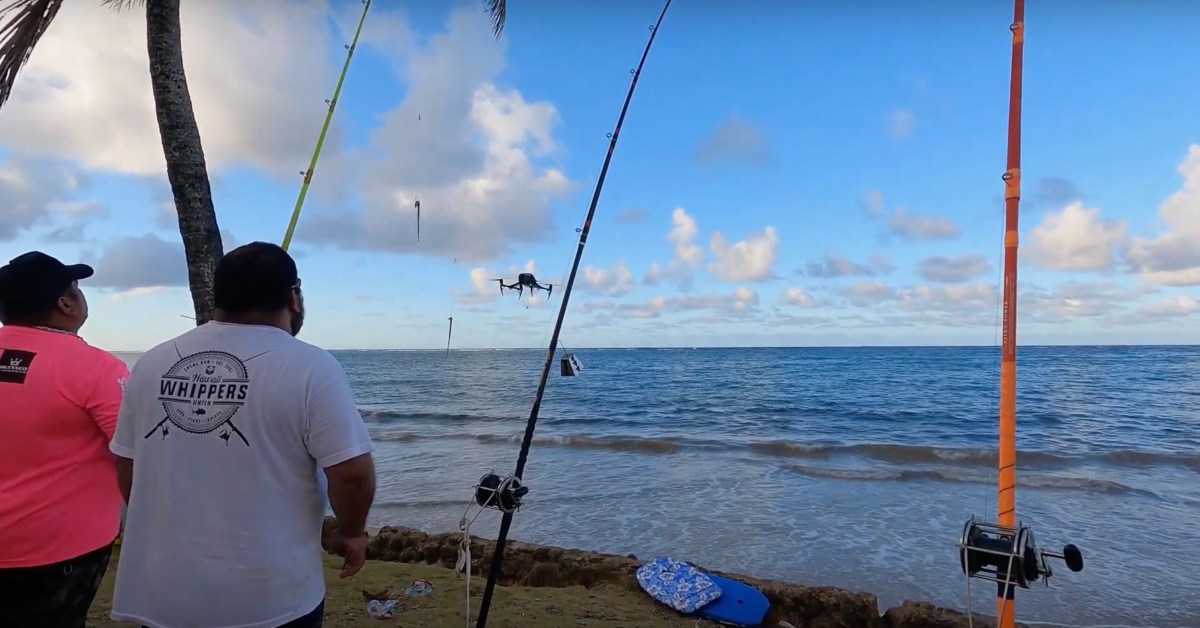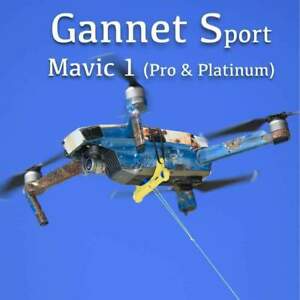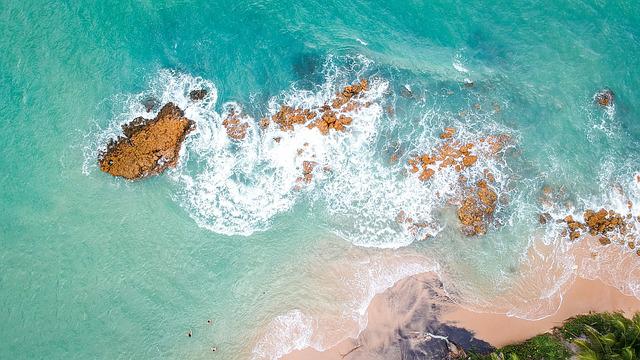
If you are an avid fisherman who lives in Australia, you may be able to use a drone and get an aerial view around the waters. The drones can be equipped with a variety of features, including a GPS positioning system, a GPS receiver, a GPS receiver, a GPS payload release, and an angle adjustable camera. You can also buy fishing line that you can use to fish. These lines are highly stable and reliable. One example of such a drone is the SKY RIGGER.
SKY RIGGER drone fishing line
The SKY RIGGER flexible fishing line system allows you to fish from the sky with minimum effort. Two rotating leg clamps can be mounted to any drone model. The release mechanism includes a bayonet connector and a cam-lock arm, which allows you to quickly unlock the line clamps. Sky RIGGER doesn't require batteries unlike other drones. This drone can take all kinds of fishing techniques and is safe.
The SKY RIGGER's automatic release mechanism allows for the release of the fly when a fish strikes it. You can also release the line manually with your hand or rod. This feature is included on all models. It is highly recommended to buy a Phantom 3 first before purchasing the new SKY RIGGER. A few pros and cons of the new line system:
It is equipped with a mechanical payload transfer
One of the most important features of a good drone is its mechanical payload release. Many are designed to make it easy for anglers to remove their fishing line. Some models don't have a release mechanism. Instead, to remove the drone from its fishing line, the user must "yank” it. This can be an inconvenient process, especially for people who aren't comfortable using their hands to release the line.

Its payload release function is another important feature. The payload should be able to release the drone's line when the fish is struck. It is important to practice catch and release fishing before trying this method, as you can't simply pull the fish to shore and release it back into the water. Several people have reported good results with the DJI Phantom drone. However, the technology is not yet up to the standard of other fishing drones.
It is equipped with a GPS positioning system
Rippton, an Australian and Dutch joint venture, specializes in technology-oriented fish products. Its goal is improve anglers' success by creating products that enhance the fishing experience. Rippton's Mobula drone features a GPS positioning system and a remote release. The Mobula is able to hold bait on the surface, resist kite clips and is environmentally friendly.
It is lightweight and weighs just 3 lbs. It can fly for up 18 minutes. It is also equipped with a high-tech GPS system that allows it to control it from up to 2,000 yards away. It has a range of 1000 meters, or half a mile, and is equipped with intelligent flight modes. Its point-of-interest feature allows it to capture high quality images of its surroundings. You can see great images of fish thanks to its high-resolution digital camera.
It comes with a failsafe feature
Aerokontiki has an emergency feature that allows it to monitor the battery level and release the fishing line if necessary. If the battery is dead, the drone will automatically return to dry ground and resume its mission. It uses industrial-grade flight controllers and can operate anywhere without recalibration. The drone can be used in even the most challenging water spots, and is waterproof.

FAQ
Does the FAA regulate drones?
The FAA oversees all aspects regarding drone operations, including safety standards and certification requirements.
Do I require special training to fly a drone
To fly your drone, you don't have to be an expert in flight mechanics. You only need a remote controller unit and basic knowledge about flight mechanics.
Are drones permissible at public events
You can fly your drone anywhere you like, provided you adhere to the rules. If you want to fly your drone in public events like parades, festivals, concerts, etc., you must get permission from the event organizers.
Can I fly my drone around my area?
Yes! These are called UAVs, or unmanned aerial vehicles. There are many types of drones on the market today, including small quadcopters and large fixed-wing aircraft. The FAA recently released new rules for commercial UAV use, meaning that they are now legal to fly for business purposes. However, be aware that flying a UAV near airports may cause interference with air traffic control systems, and you must obtain permission from local authorities before operating one.
Can I fly my drone indoors without a license?
Yes, you can fly your drone indoors. There are only a few things you need to do: Make sure your home is free of obstacles and hazards. You should not fly near windows, doors or heating vents.
Statistics
- According to Indeed, a drone pilot gets paid $25.73 per hour on average in the US. (dronesgator.com)
- According to the multiple listing service (MLS), houses and apartments with drone photographs are up to 68 percent more likely to sell than those without pictures. (thedroneu.com)
- According to industry research from ZipRecruiter , there are 10 cities where the typical salary for a Drone Pilot job is above the national average. (dronesgator.com)
External Links
How To
How To Fly Drones For Beginners
A drone can be used to fly remotely controlled aircraft for photography, surveillance, scientific research, hobby and commercial purposes. Drone technology has existed since World War II. DJI's Phantom series quadcopters were first commercially available in 2010. Since then, there have been many different types of drones available, from beginner-friendly models like the Parrot AR Drone 2.0 to professional-grade multi-rotor craft like the DJI Mavic Pro.
There are many ways to fly a drone.
-
Remote control – This technique uses a control device attached directly to your hands that allows you steer the drone around its flight path. There are two main types of controllers: On/Off switches (like a radio) and joysticks.
-
Manual Control – This allows remote operation of the drone via GPS coordinates using a smartphone application. The app will give you instructions.
-
Autonomous flight - The drone takes over the piloting duties. It allows the drone to fly independently without any human intervention. The drone must be equipped with a camera and sensors that can capture images and data in order to fly autonomously.
-
Triggered Flight: This is similar in concept to manual control. The pilot manually creates a route and the drone then follows it until it reaches that endpoint. The drone automatically lands once the route has been completed and returns to the base.
-
Landing Gear- Some drones include landing gear that allows for safe landing if the power goes out or they run out of batteries.
-
Goggles: Some pilots use goggles in order to protect themselves against debris when operating.
-
Camera – Some drones have cameras, which allow you to take photos or videos from up high.
-
Obstacles. Some drones can have obstacle avoidance technology that stops them from hitting obstacles.
-
Speed - Some drones can travel at speeds over 40 mph.
-
Battery Life - Most drones can last between 20 minutes to 3 hours, depending on how much power you're using.
-
Range - Some drones can travel upto 30 miles depending on their models.
-
Power source - Not all drones can use an external power source. Others can run on internal batteries.
-
Weight - Some drones can be as light as 1 pound while others can reach 4 pounds.
-
Size - Drones range from small devices that fit in one's palm to large crafts that weigh more than 50 pounds.
-
Price – All drones fall into a price category. These range from expensive models that cost thousands to affordable options that start at 100 dollars.